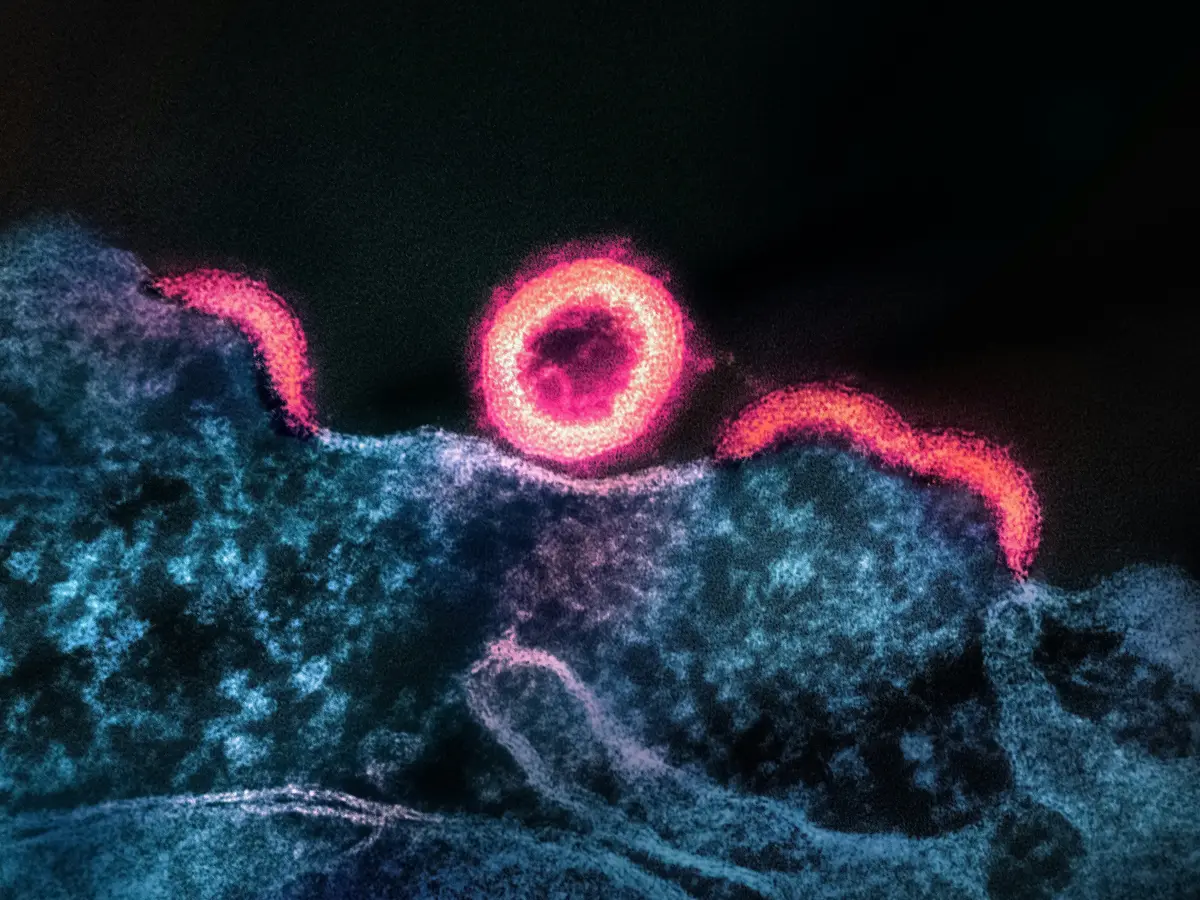Ancient Microbes Awakened: Could They Be the Next Pandemic?










2025-10-07T04:51:00Z

Imagine waking up from a 40,000-year slumber only to find yourself in a world where you could potentially unleash a new pandemic. That’s the startling reality we face as scientists from the University of Colorado Boulder have successfully revived ancient infectious microorganisms frozen in Alaska’s permafrost. This discovery is not just a scientific marvel; it raises questions about what else might awaken as the Arctic continues to warm.
These ancient microbes were discovered in a location ominously dubbed the "icy graveyard," and upon thawing, they didn’t just sit idly. Initially, there was silence, but within months, thriving colonies emerged, bringing with them a wave of concern. Dr. Tristan Caro, a geoscientist leading the study published in the Journal of Geophysical Research: Biogeosciences, emphasized that these microorganisms are very much alive, ready to disrupt our understanding of ancient life.
The implications of this study are staggering. As the Arctic climate shifts, researchers experimented by incubating these microbes at temperatures mimicking a warming Arctic summer. Within just six months, these long-dormant organisms began forming biofilms—slimy layers of bacteria that are notoriously difficult to eradicate. While researchers believe that these ancient microbes likely couldn’t directly infect humans, they warned that their revival could have dire environmental consequences.
As these microorganisms reawaken, they release greenhouse gases like carbon dioxide and methane, exacerbating climate change. Dr. Caro stated that it’s not just about the occasional hot day in Alaska; it’s the lengthening of summer seasons that could supercharge this microbial revival. What’s particularly alarming is the potential for melting permafrost to eventually expose ancient pathogens that could pose a serious health risk.
Dr. Brigitta Evengård, an infectious disease expert from Sweden, draws a dire picture, warning of the possible release of antibiotic-resistant bacteria, including anthrax and pox viruses. She aptly describes this scenario as opening a "Pandora's box," leaving us to wonder what horrors lie beneath the surface.
 Maria Kostova
Maria Kostova
Source of the news: WION